I reproduce below a letter to a friend who has plainly been influenced by a new and wholly fatuous statistical argument that is fast becoming the shibboleth of those who continue to dismiss the traditional Roman rite out of ignorance and weak-minded prejudice.
I hope it may, perhaps, help others to counter this latest propaganda of the pusillanimous.
The name is changed to preserve anonymity. St Thomas the Doubter would not believe until he had physical proof.
St Thomas the Doubter would not believe until he had physical proof.
Dear Thomas,
There is a species of fraudulent optimism that can become dishonest and so a sin. Take care you do not fall into it. Telling your brothers that all is well when it simply is not is unjust, uncharitable and untruthful. Take care not to make that mistake.
We must be optimistic, indeed, but we must also be truthful. False optimism is not true optimism. It is, like all lies, a sin.
You say you have a PP who is "very orthodox". The fact that you have a PP who is orthodox does not make those others, who are not, any the better. And there is no such thing as "very" orthodox. One is either orthodox or one is not.
You quote Fr Werenfreid van Straaten as saying that "Bishops are better than you think". I knew Fr Werenfried for many years and I never heard him ever say such a thing. He knew better!
You say (as is now the new mantra of those who still want to dismiss the old rite) that the number attending the traditional Roman rite is less than 1% of the total number attending mass in the Western Latin rite (actually I doubt that figure).
To view the traditional mass from a purely statistical perspective bespeaks not only a lack of faith but also a lack of reason. Beware of it!
Those who are so concerned with statistics always fail to mention the most dramatic and obvious statistic of all - the statistically MASSIVE decline in the numbers attending mass and the sacraments since the introduction of the new rite.
Take care not simply to ignore that yourself.
In the 50s and early 60s the Church was growing in leaps and bounds and mass attendance was simply enormous. Within a decade of the new rite this had been utterly shattered and mass attendance is now tiny by comparison.
There has been a massive haemorrhage of souls from the Church - souls whose very salvation has thereby become threatened. And the very pastors, whose job it is to care for and cure such souls, are all too often the least concerned about this terrible disaster. They even have the shameless mendacity to call this "Renewal"!
What bigger lie could there be than that?
THAT is the statistic that the fraudulent and dissembling optimists dishonestly ignore!
If one wants to play the statistics game then the fake optimists lose hands down. Where did all those massive numbers of mass-attending Catholics go after the new rite came in?
Then, even worse, these very same false "optimists" show themselves so narrow-minded and inward-looking that they can only look at that tiny number of people currently attending church these days, rather than looking out to a world that is in dire need of Christ and the sacraments. How many of them are going to be attracted to the silly, liturgical nonsense that goes on in the average Catholic parish these days? Why did so many leave in the first place? And how many are going to come back or be attracted by the very thing that drove so many away in the first place?
Wake up to reality!
The Catholic Church is not just a little club for those folk who currently call themselves Catholic and who want to re-fashion the liturgy so as to suit their own lazy, selfish, corrupt and worldly tastes.
This is to treat the Church as if it were a little plaything of our own to be re-fashioned to suit ourselves rather than to be the instrument of God and his sacred plan for mankind. That is not zeal, still less love. It is the capital sins of Sloth and Pride. It comes straight from Satan.
It is typical of the slothful, uncaring and anti-missionary attitude of so many modern Catholics that they are more concerned to have a liturgy that suits their own lukewarmness instead of one that suits God and His missionary desire to preach to the world and save all souls.
It is frankly sickening in its sinful self-indulgence and pure selfishness. Such people are already on the road to Hell, God help and rescue them. It is our solemn duty to warn and admonish them and to pray for their conversion back to love and zeal for the Faith and away from the lukewarmness that threatens their very salvation.
The question is not how many people currently attend the traditional mass. There is only one question that needs to be asked and you ought to know this without me telling you.
It is this: "What does God want?".
That is the question to be asked. If we find out the answer and then do it we shall soon enough have numbers in abundance, indeed "pressed down and running over" as Scripture puts it.
Look at churches like the Brompton Oratory in London. At the Christmas midnight mass it is so filled with people that after a certain hour it is impossible to get into this huge Church, so packed is it. Why is this? Because it has retained so much of the traditional rites over these last 40 years of darkness and aridity. Soon, it will be reverting fully to the traditional rites and think, then, how many more will be attracted back to God thereby.
In times past, many men and women were converted to the Faith simply by experiencing its ancient liturgy, especially the ancient Roman rite. Who now is converted to Catholicism by the insipid liturgical fare that so many parishes favour?
Are we getting large numbers at mass in the new rite? Well? Are we? You know the answer. Of course, we are not. The new liturgy has decimated a once populous and vibrant Church. Now the story is all about decline, closing churches, closing schools, closing parishes. It is all closing, closing, closing. It's a big closing down sale!
And what is the response? Fatuous, false optimism and half-baked compromise! In short, sloth, lukewarmness and the very Devil himself!
Such is the modern approach of so many. Beware of it. It is a dangerous trap for the unwary and catches many in its snares.
Of the entire numbers in the Church, only a tiny minority are martyrs or canonised saints. Does that mean we need not bother about striving to be like canonised saints because they are less than 1% of the entire Church? St Thomas says that only a minority gets to Heaven. I hope he is wrong but, if not, then on a purely statistical analysis we should cater for Hell over Heaven! Scripture is replete with tales of the falling away of the majority and of the faith of a remnant keeping alive the fullness of faith for better times. Shall we simply ignore the obvious lesson there?
Only 2 of the Apostles remained with Christ upon the Cross - far, far less than 1% of the Jews who should have been faithful to Him. Should we look to the faithless majority or the tiny, faithful minority as our example? Need I even ask this question? Do I really need to remind you that this tiny minority are now considered, together with St Joseph and St John the Baptist, the very greatest of all the saints in the Church, i.e. our Lady and St John?
What percentage of the Christian people do they make up, pray? A tiny, minute fraction of far less than 1% of the total!
And what happened to the rest, the majority, including his closest followers, the Apostles and disciples?
They ran away.
The first "collegiate act" of the College of Apostles and bishops was to run away!
And what of the vast majority who formed the remainder of the flock - the people chosen by God Himself to be the harbingers of the Messias? What happened to this huge majority?
They, too, ran away or were indifferent. Worse - many of them were actively responsible for crucifying Him. This was where the statistical majority lay!
Catholic truth and practice is not a numbers game. It is about discovering the will of God and doing it.
I will not here rehearse again all the arguments which overwhelmingly favour the traditional mass but if you have forgotten them already (so soon!) then, of course, I shall give you them all over again, if you like.
But for the present let me just say this: what cannot be denied is that the Novus Ordo is a break with tradition and breaking with tradition is simply wrong for a Catholic. This does not mean that the new mass is invalid, or even illicit, but it does mean that it is vastly inferior. And God should not be worshipped with anything less than the best.
Even in Latin the Collects of the new mass are ambiguous and, I have no doubt, that is how Bugnini, and his committee of compromisers, intended them to be. The new rite is a liturgy got up by a committee not confected over time by the Holy Spirit. It represents a preference for, and compromise with, the traditions of men over the traditions of God, in short, the very thing that Scripture warns us to avoid.
The traditional Roman rite has a continuous tradition back to the original Ordo Romanus of the earliest times. The Novus Ordo is literally that - novus - a novelty. It is a confection of men, patching and splicing the traditions of the past. It is but 40 years old. The traditional rite is, in essentials, nearly 2,000 years old. Every reform of the Roman rite from St Gregory the Great, to St Gelasius, to St Pius V and after, until that of Paul VI, has been a restoration to the original stem and the paring away of novelties.
The Novus Ordo had done the very opposite: it has introduced novelties and not around the edges where they might be acceptable but at the very heart and centre of the rite! Look at the scandalous way in which Bugnini dared to interfere with the very words of consecration. Ironically and fittingly, he removed the very words "Mysterium Fidei" - in short, he removed the "mystery of Faith" from the heart of the rite. It is a fitting commentary upon his demolition of the ancient Roman rite.
But the crowning abomination and shame has been the appalling mistranslation into "English" by ICEL of the Novus Ordo. It is nothing short of a shameful betrayal and disgrace. It has over 350 mistranslations and is a pastiche of the already weakened Latin Novus Ordo.
Yet this absurd pastiche is what the average Catholic now gets in his Parish church! This is what "nourishes" the faith of the average Catholic. No wonder so few know their faith and so many have simply left! Is it really surprising?
And then, to add insult to injury, a whole range of other innovations have been introduced! Facing the people, women altar servers, communion in the hand, are but some of the more common.
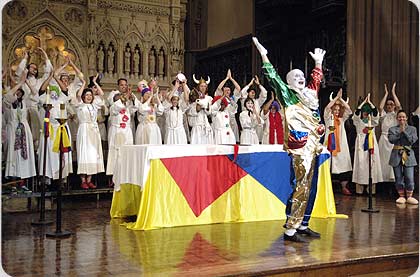
 Clown "masses"
Clown "masses"
There are wildly eccentric and bizarre innovations beyond the worst nightmares of the Fathers of Vatican II that have grown up and festered in the corrupt and corrupting years that we have witnessed since Vatican II: clown masses, "liturgical" dancing, Yogi bear masses, "Gay" masses, replacing of the cross with the statue of Buddha, revolutionary masses with "Molotov cocktails" and bullets being brought up to the altar in place of the elements. Any and every abuse that a distorted and perverted human mind can devise has been essayed over these last 40 years of chaos - and they are still happening!
And yet this is called "Renewal"!
Was there ever a bigger lie?
It is a lie so great that it can only have come from the very Father of lies, himself. And yet so many weak-minded and pusillanimous Catholics are taken in by it!

Women "priest" liturgy and pretended "Ordination"
If we had an ounce of zeal and love in our lukewarm souls we should be crying out at such abuses and resolutely refusing to have anything to do with them. Such is what faithful Catholics did during the days of the Arian heresy. The orthodox would not even touch a football that had been touched by an Arian priest, Newman tells us.
How pathetically weak and lukewarm are we by comparison! What spineless cowards we are that we cannot even begin to follow the example of the saints of times past!
Instead we settle for lies, distortions, compromises, corruptions, abuses and half-truths - ever the resort of the slothful and the pusillanimous.
No - it will not do. It is a betrayal of the Faith and a betrayal of God.
God does not compromise our freedom. If we wish to ruin and shatter the beautiful, towering glory that He has built us in the Roman rite then He will let us do so. But He will also let us pay the price. He invited us to come back but He will not force us. We must do so willingly, even if it is to be in the face of great odds and hardships. The good is often gained at a price - but it is a price we must pay.
Now God has, through the Holy Father, once again given us a wider access to the riches of his incomparable Roman rite, the most ancient rite in the Church.
Will we make use of what He has given us?
You say that the traditional rite has been spared from some of the excesses of the new rite by the very fact of its having been (illegally) banned. Yes, you are right that God has thus preserved His treasure and has done so by allowing it to be hidden and illegally suppressed but kept as the carefully-guarded treasure of those few who still truly love God enough to value so supreme a divine gift to us.
But in so admitting that His beautiful gift would, if it had not been illegally suppressed, have been trashed by the ungrateful iconoclasts of the post-Vatican II period, you admit the whole of my case. You admit, in short, that these last 40 years have been dominated by destroyers and not builders, by enemies of Catholic truth and practice and not by the friends of God.
Moreover, this could only have happened with the permission of the very bishops whom you seek to exculpate from any blame.
Well, then?
Draw the obvious conclusion.
We must shun such destroyers. We must return to the Traditions of God and leave the traditions of men which cannot last.
Then we shall not only be worshipping God as He wishes to be worshipped (and how else should we worship Him?) but we shall also be reaching out to the churchless, faithless millions who will only be attracted to the Church and to the Faith by those who are fully loyal to the traditions of the Gospel and to the Holy and Ancient Traditions of God.
Take a lesson from the Eastern Church. Would they ever have considered such a wholesale abandonment of their liturgical traditions as has happened in the West? Never! Men and women were prepared to die in the East over no more than the manner of crossing themselves!
How pathetically weak are we by comparison!
And with what shameful, disgraceful Pride do we go about congratulating ourselves for our clever compromises and "forward thinking"!
Away with such trash. It is the refuge of the spineless, the cowardly and the unholy.
Turn, instead, to the ancient and hallowed traditions of the Church - hallowed by time and the sure judgment of the Holy Spirit.
Anyone who does so - and most, alas, do not - will discover an astonishing liturgical treasure trove that is second to none and which is the warmest balm for the sorriest and most lukewarm of souls.
The problem is that so few of our proud, arrogant, conceited and pusillanimous modern Catholics are even willing to taste and see the goodness of the Lord. They attend a couple of silent Low Masses and think nothing of them. They never darken the door of a Church to hear and taste the intense, spiritual riches of the Missa Cantata or, still less, the Solemn High Mass of the Roman rite which is meant to be the norm in the traditional Roman rite.
Even less do they experience the whole liturgical year of the Roman rite, that "Liturgical Year" of which the founder of the so-soon-to-be-hi-jacked Liturgical Movement, Dom Prosper Gueranger, so lovingly wrote.
And yet they have the effrontery and damnable Pride to attack and abuse this rite, a rite about which they care little and know even less!
They speak with their tongues about the praise and love of God but in their actions, in suppressing the traditional rite and in trivialising the new rite with the toy baubles of shallow modernity, they show themselves in their true light. It is rank, hypocritical, Pharisaism. It shall not go unpunished in the life to come.
What kind of supposed lover of God prefers childish pantomime ditties like "Colours of Day" or "If I was a fuzzy-wuzzy bear" to the timeless beauty of Veni Creator Spiritus, Rorate Caeli, Crux Fidelis, Pange Lingua, Vexilla Regis, Te Deum and the host of other divine poetry and song that so great a God has so lovingly provided for us through the pen and words of the very saints and Doctors of the Church?
Need I even ask?
And yet such people include all too many of our bishops - the successors of the Apostles who should be first among us in the love of God and the preservation of His gifts and treasures to us!
No, Thomas, it will not do.
This is not about mere rubrics but about the ancient traditions of the Faith, handed on from the Apostles and from generation to generation, hallowed by time and the Holy Spirit, and smashed to pieces in a few short years by the hand of Archbishop Bugnini, the architect of the new liturgy and a man who, by his own admission, was sacked by Paul VI for being a Freemason.
Do we praise God with the pastiche creation of this disgraced prelate or with the creation of the centuries, arising from the Jewish Temple worship, nourished and developed by the hand of saintly Apostles, popes and Doctors and hallowed by the Holy Spirit Himself?
Need I even ask?
You must make up your mind to close your ears to the siren voices of compromise and lukewarmness. Get off the fence before the iron begins to enter and weaken your soul.
Remember our Lady and St John, the remnant of the Faith in its darkest hour when Christ was upon the Cross. Count not the numbers and statistics of the vast majority that did not feel the courage to go with them. Stand, instead, at the foot of the Cross with the Holy Ones of God. Then, with them, you shall be able to enjoy to the full the glory of the Resurrection when it comes.
Cast aside the lies of the compromisers and the pusillanimous Pharisees. Embrace the truth. Taste and see the goodness of the Lord. Do not be like the liars, the compromisers and the worldly, who refuse to taste and see and instead prefer to attack, insult and abuse that which they have not even yet tasted.
They have allowed themselves to be guided not by the God of truth but rather by the Father of lies. Do not be persuaded by mere statistics. The majority take the wide path that leads to destruction, Scripture tells us. And the majority are statistically more significant than the minority who follow the narrow path that leads to life. Who then shall we follow: the statistically significant who go down the wide path or the statistically insignificant who do not?
He who embraces truth will be persecuted but, in the end, he will triumph with the Master Whose path he shall then be following.
We must embrace the Cross, not statistics.
May God guide you so to do. Nothing less will do.

The timeless traditional Roman rite of the Mass
...
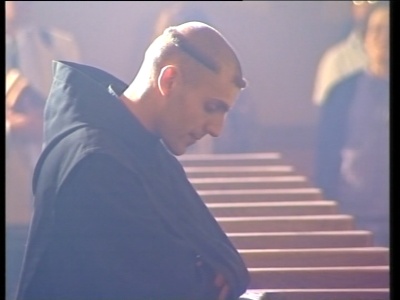
 Adam and Eve culpably exiled themselves from Eden by preferring the worldly above Paradise
Adam and Eve culpably exiled themselves from Eden by preferring the worldly above Paradise

/199-ClownMass.jpg)



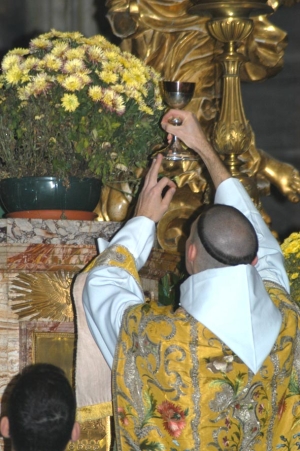






.jpg)





.jpg)






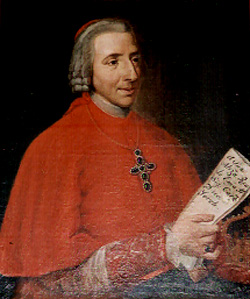



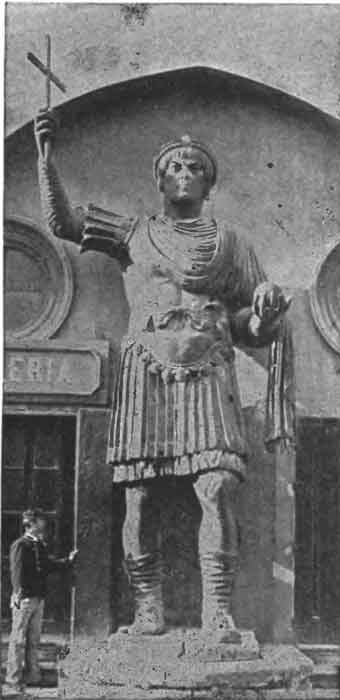











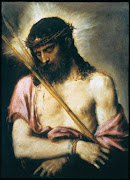



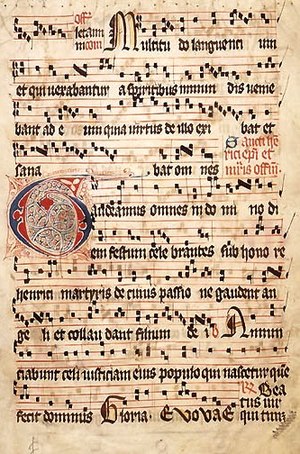

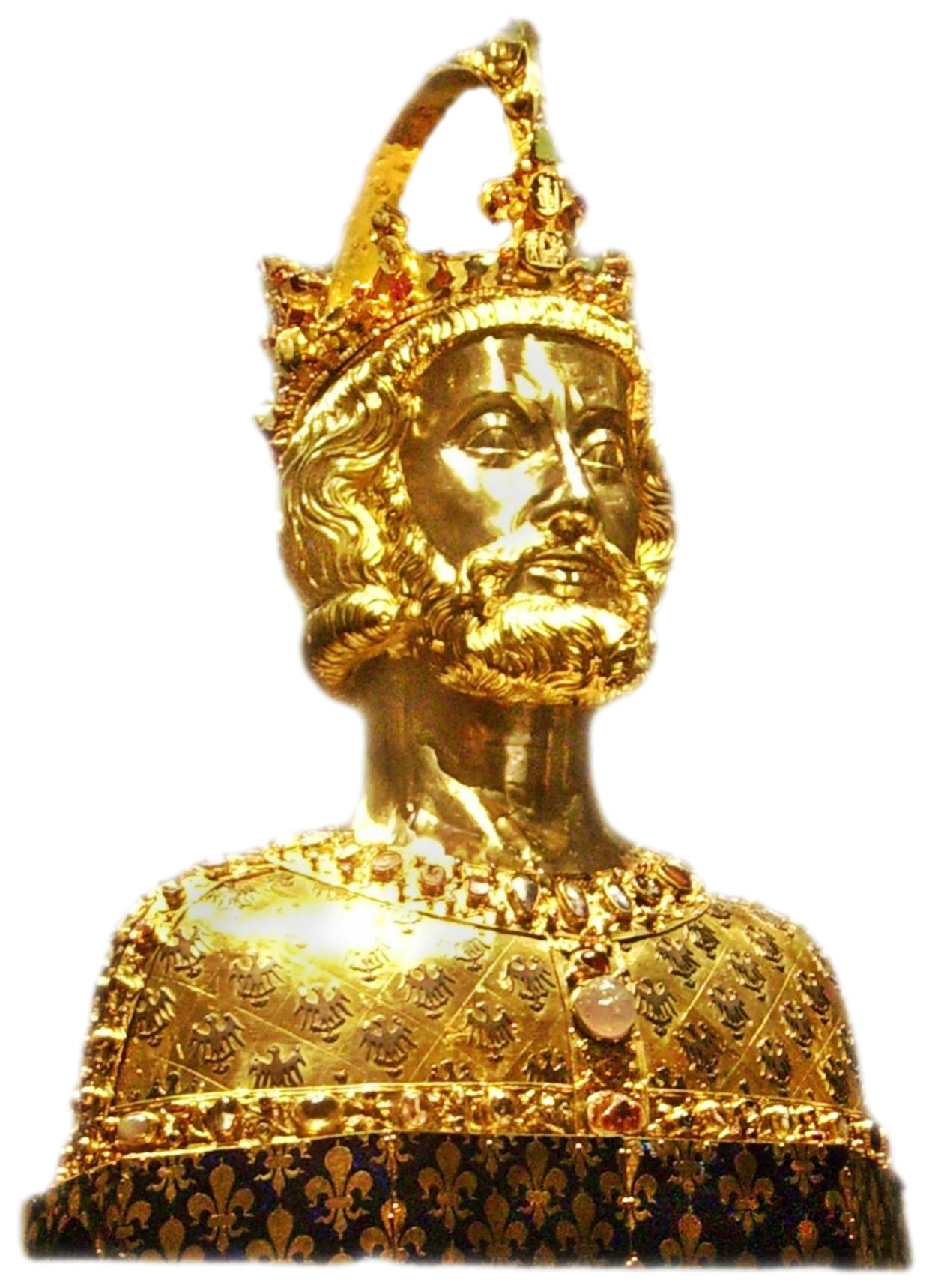



.jpg)








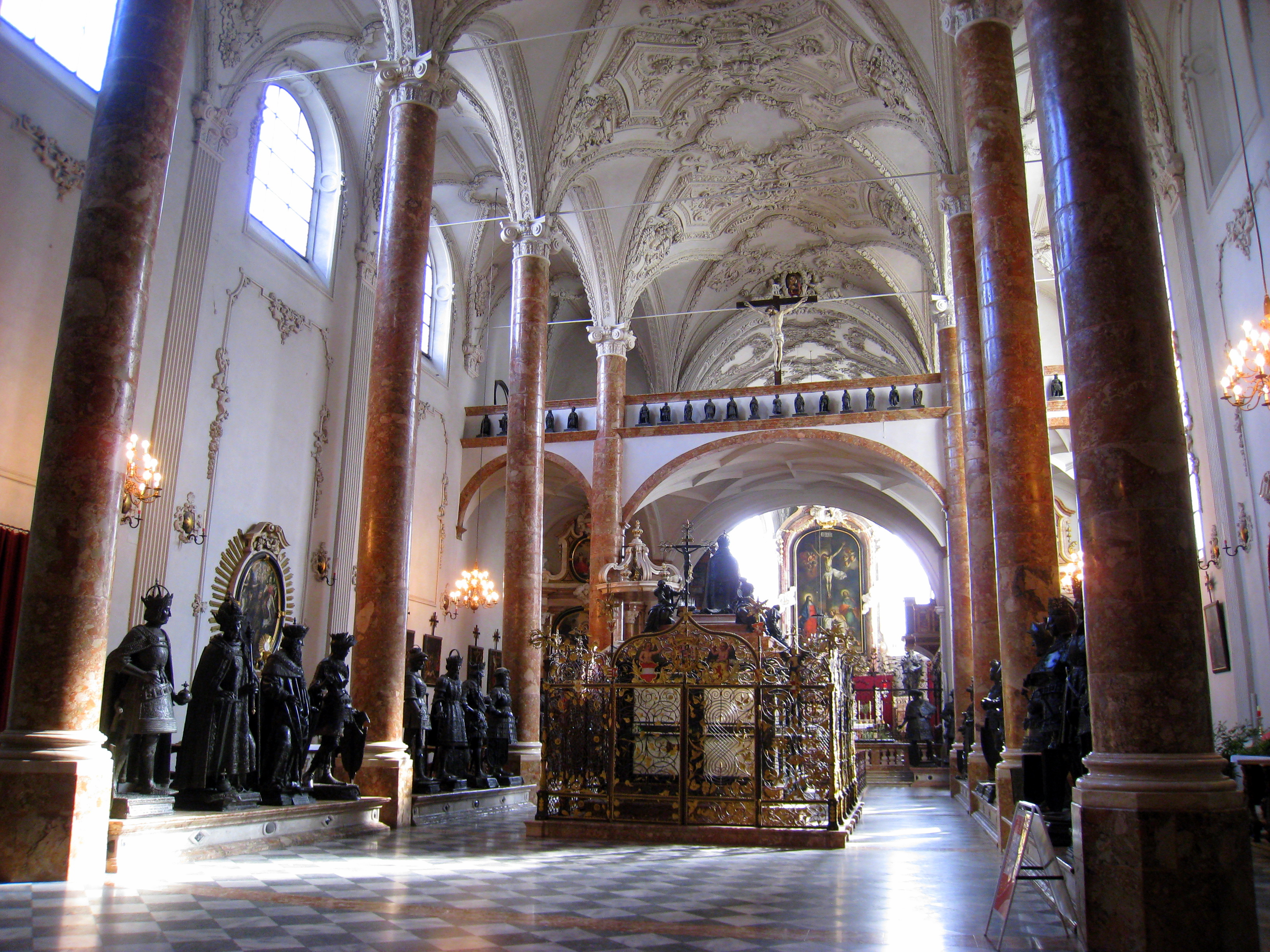


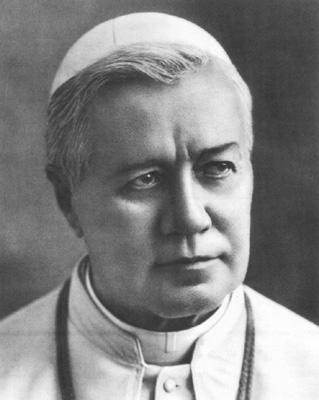










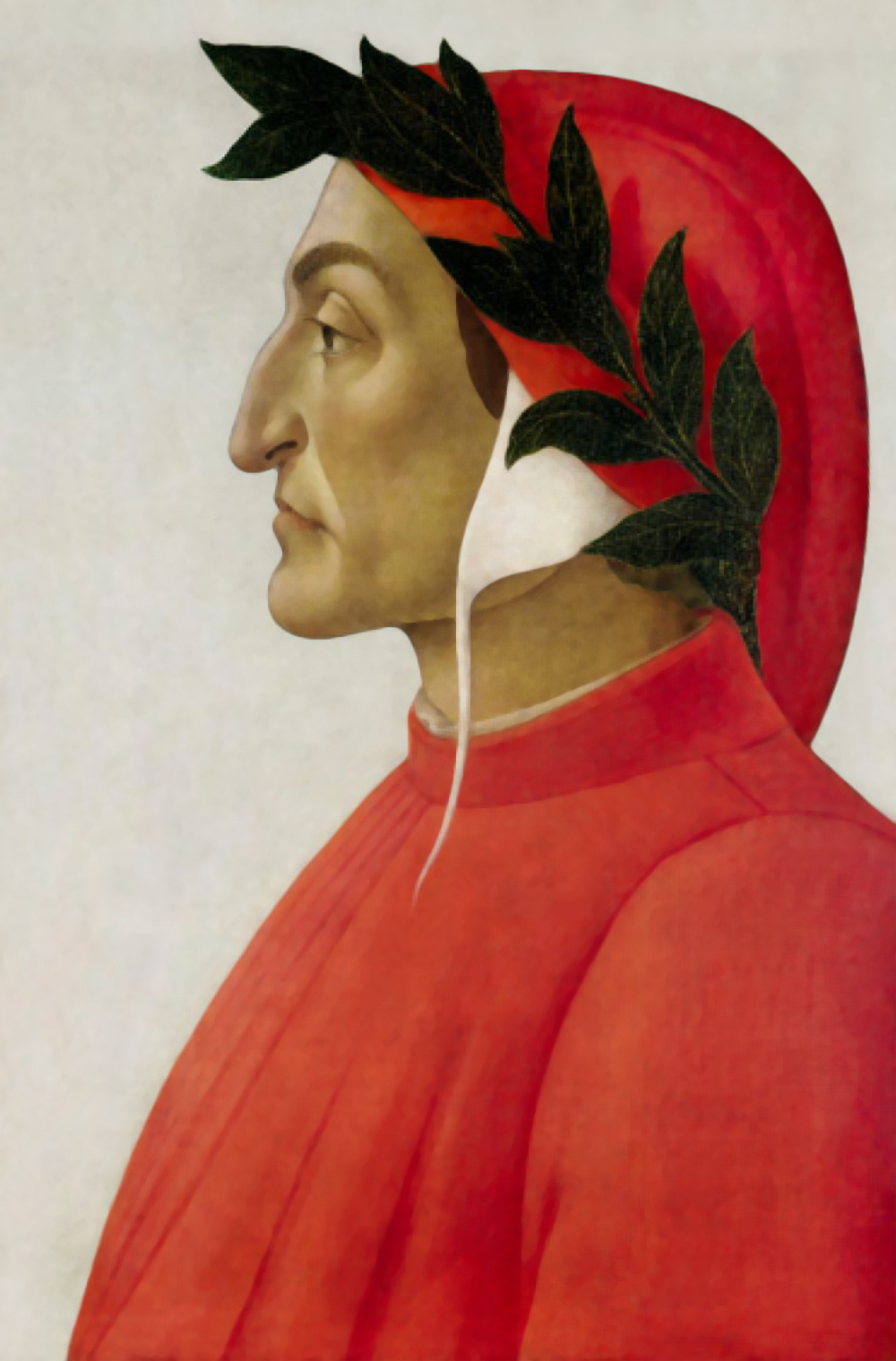



_-002.jpg/220px-Circle_of_Anton_Raphael_Mengs,_Henry_Benedict_Maria_Clement_Stuart,_Cardinal_York_(ca_1750)_-002.jpg)


